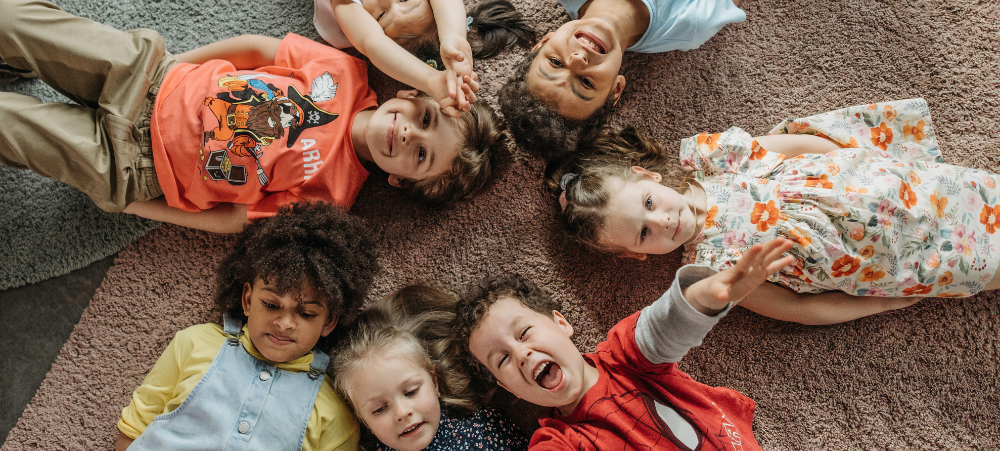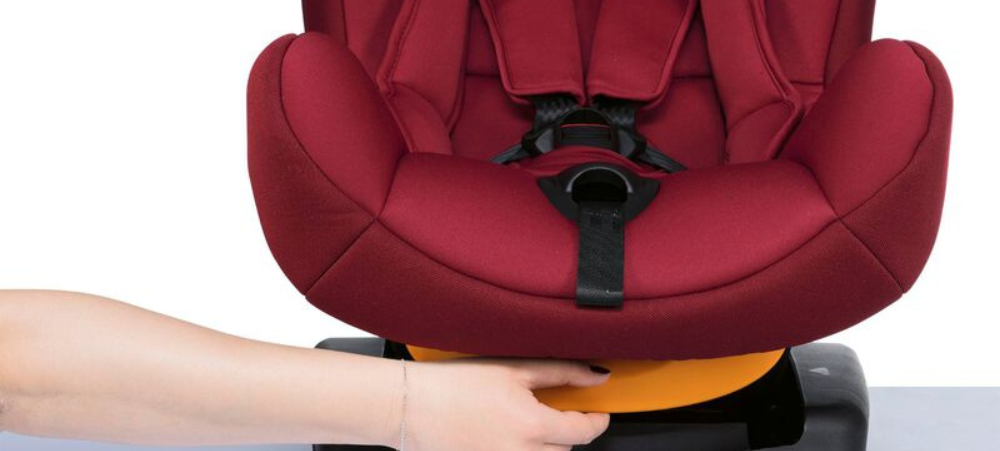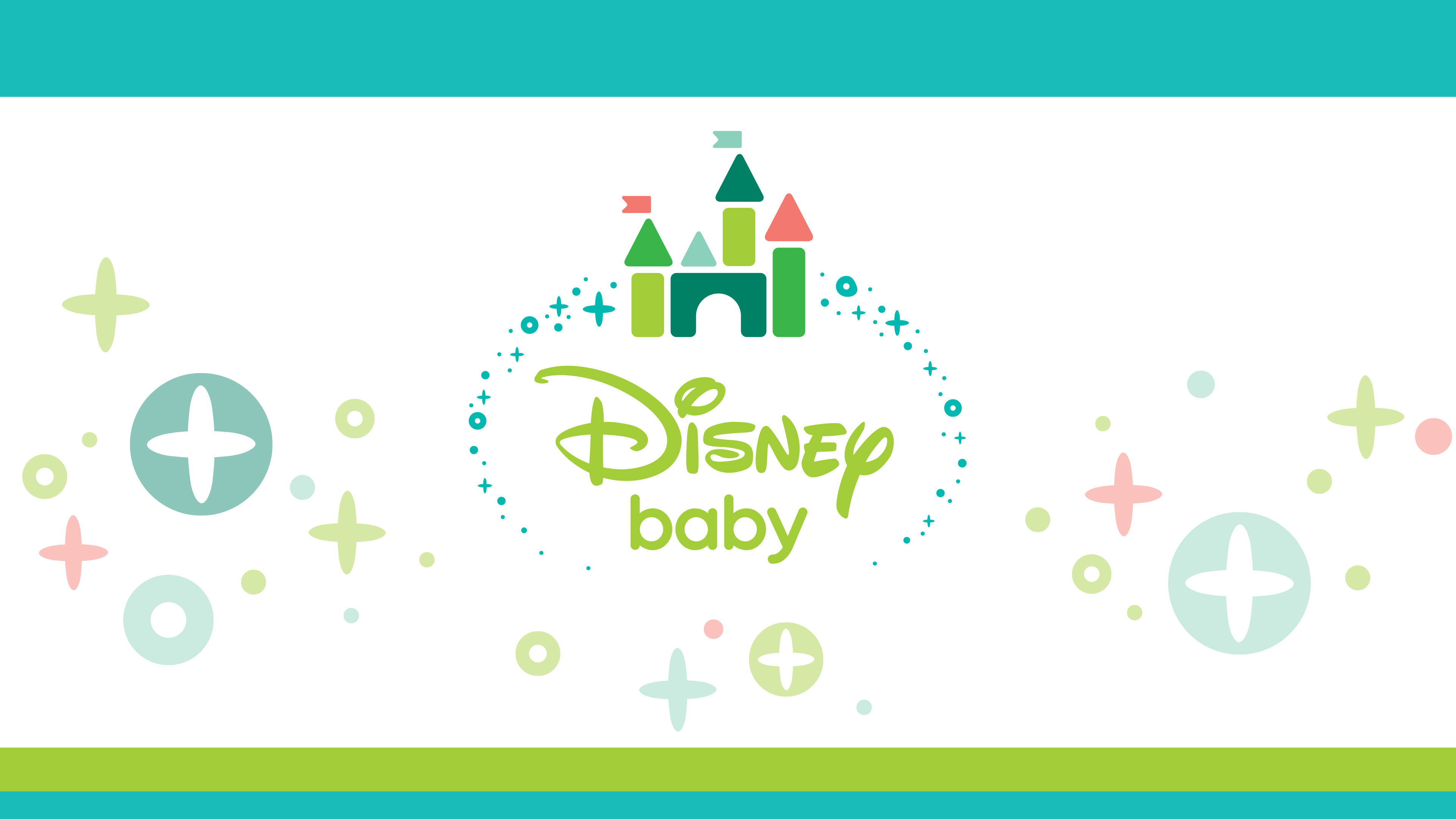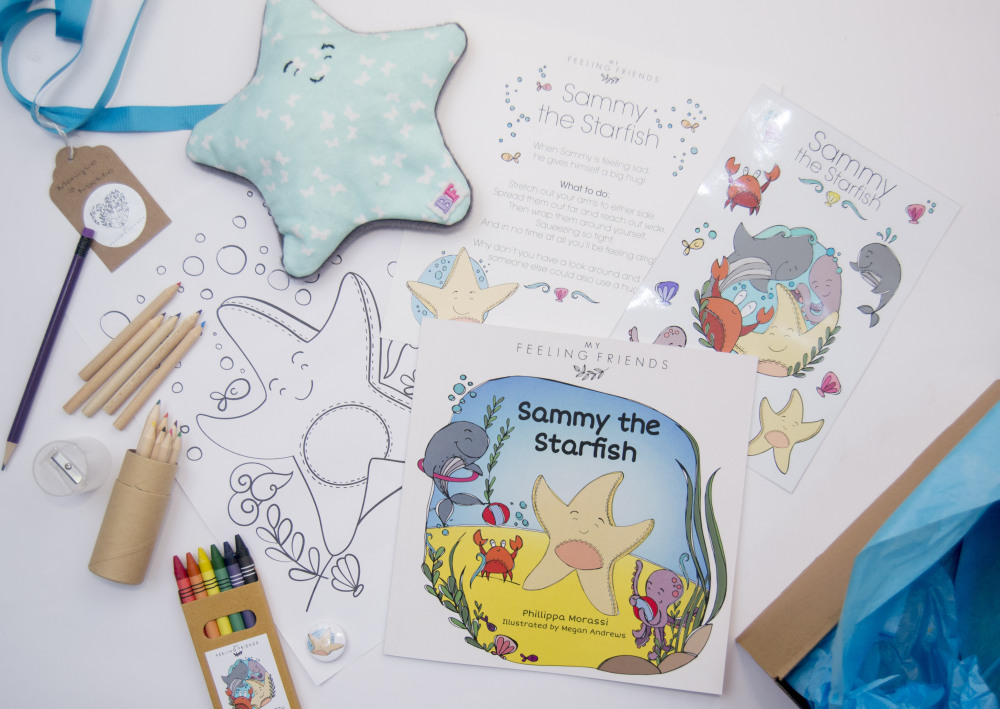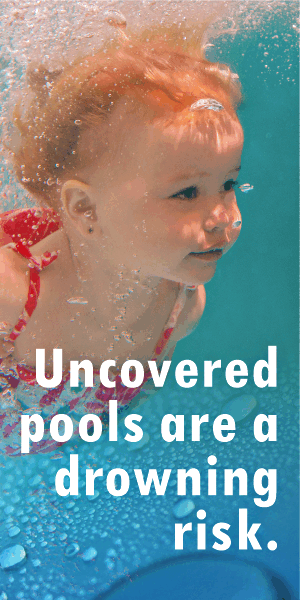
8 Best apps for parents to monitor their children
Monitoring the activities of the children has become a huge challenge for the parents in the modern days. Mobile phones and children can be a dangerous duo. You are always fearful about their mobile activities. Kids nowadays tend to use their elders’ mobile phones or their own mobile phones at a little age. This poses a great threat to their parents as they fail to monitor their kids’ mobile use. However, there are a variety of apps that enable you to monitor your kids and limit their mobile activities. Following are a few most significant apps for controlling your kids: mSpy mSpy is the most widely used parental control app for the smartphones. It enables the parents to monitor the calls, location, Whatsapp, Snap chat, and text messages of the children. This app has plenty of useful features. It specifically allows you to limit the social media usage by the kids. You can control your kids’ Facebook, Messenger, Instagram, and even photos and videos. The use of mSpy is pretty easier. You just need to purchase the mSpy or subscribe. Then you need to install the app,and your tracking process is initiated. The parents have most satisfied with this app. They offer 24/7 multi-language customer support. In addition, mSpy is one of the cheapest child phone tracker applications. Footprints Using the Footprints app, you can always acknowledge the location of your child. It allows you to use the GPS in real time for knowing where your child is. This app assists you in keeping track of your kid or automatically locate him. It keeps you aware of where your goes with his phone. In case he is traveling alone, you can confirm whether he is meeting up with friends or has arrived at a particular location. The information regarding his location is only shared with the authorized person. No other person can access his location. The data can also be saved for later review. Dinner Time There are a few apps that limit the mobile use of your child. Dinner Time is one of the apps that restrict the use of the mobile device during bedtime, study time, and dinnertime. This app enables you to unlock and lock your child’s mobile device instantly. You can do this by your own mobile device. Therefore, you can enjoy a better time with your family and make your kid focus on sleep and school work. However, it is a necessity of this app that the device of the child must be android. The device of parents can be Android, iPhone or any other. This app does not work if the child’s mobile device is not android. Overall, it is a wonderful app which offers three modes including Bed Time, Take a Break and Dinner Time. All these modes limit the use of the mobile device by your child. Family Time Family Time is an app that does almost everything. It allows you to customize the control options for behavior and content that you need to prevent. The app offers you tools for setting bedtime and homework. You can restrict the time that your children spend on their smartphones. It also offers a geo fencing option. This alerts you when the phone enters a prohibited area. It also enables you to control or block any applications, keep an eye on their contact lists, and monitor their calls and text messages. This child phone tracker app may trouble parents at the start. Hence, you need some time for learning how to use this app. It isn’t one of the simplest to use applications. Q studio Q studio is an excellent, efficient, and use the friendly app for the parents who don’t have enough time. It provides a dashboard which expresses all the recent mobile activities on any device. It even determines the time spent on different services such as Twitter and Instagram. It allows you to set restrictions on time, track the calls and texts, filter out the racy sites, and set restrictions on the different apps and games. It is one of the top control software for limiting the children’s mobile activities and usage. ESET Parental Control ESET is another leading parental control app specifically for Android devices. ESET has several useful features that permit for more delicate control than many other child security applications. It allows website and app locks. A key feature is that you can select age-based features that can be switched as the children grow up. It gives you an opportunity to allow more number of websites in the future while keeping them protected. There is an additional feature of parent message which delivers a message that kids need to respond to prior to continuing using their smartphone. ESET also allows the kids to request additional time, but parents can set the limits on the device use. Pumpic Pumpic is an app that can be used on both iOS and Android devices. Its clean interface assists the parents to deal with the lengthy list of the tools that usually come up with the app. It allows you to tracks messages and calls and limit and blocks them as required. You can also monitor the websites visited by your child along with his activities on social media. There is also an option for tracking the location of the device and the history of the locations where the device has been. In addition, you can wipe and lock down the mobile device. Our Pact Specifically designed for iOS devices, this app is a cheap option for mobile control of your kid. It is a streamlined app that provides fundamental parental control services. It does not make you get complicated. Instead, it is an easy to use app. It offers one of the most affordable plans for utilizing the parental control services. Using this app, you can block the internet access of your child. You can also develop different time schedules and pose limits on the access of specific apps and websites. It







